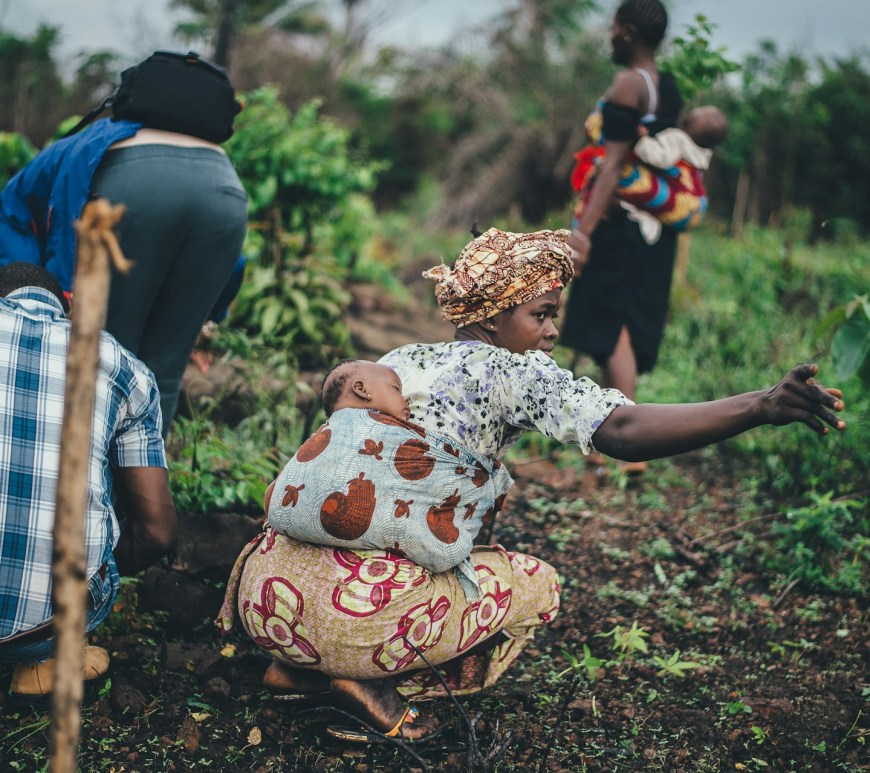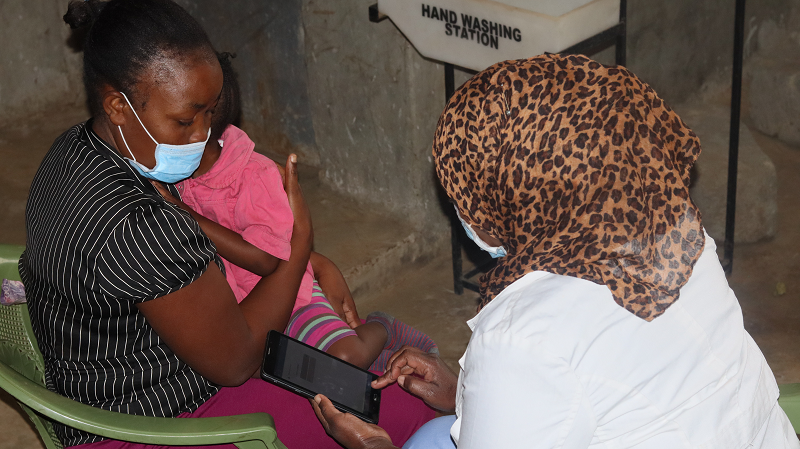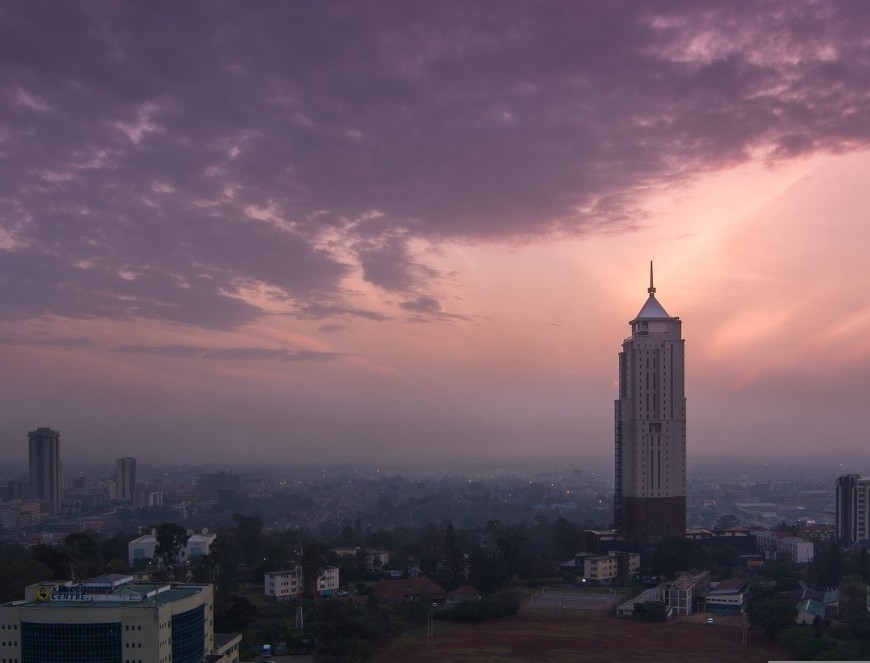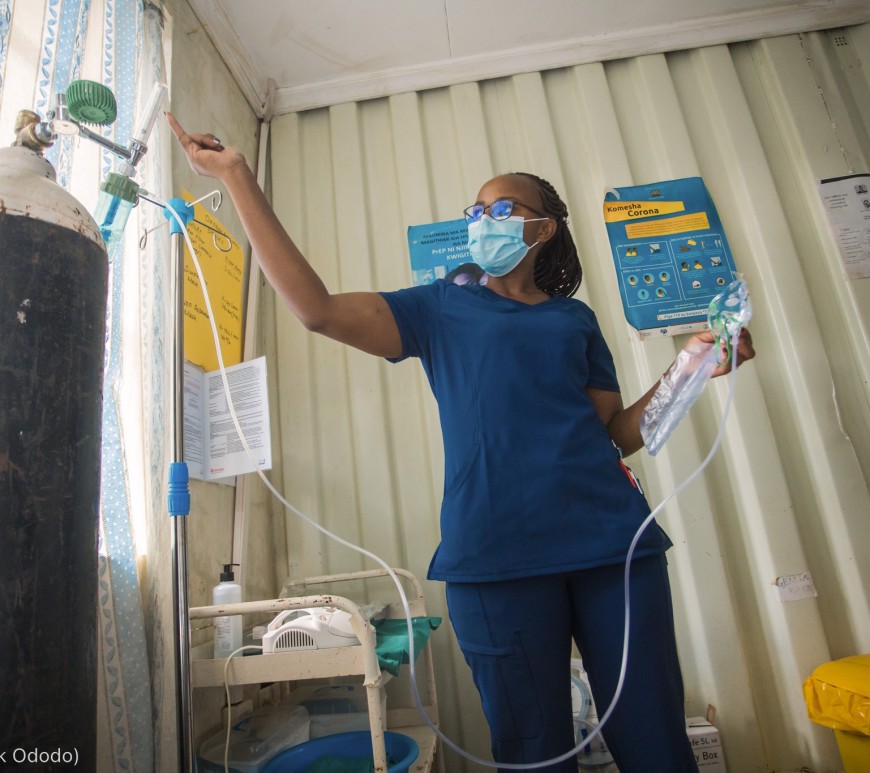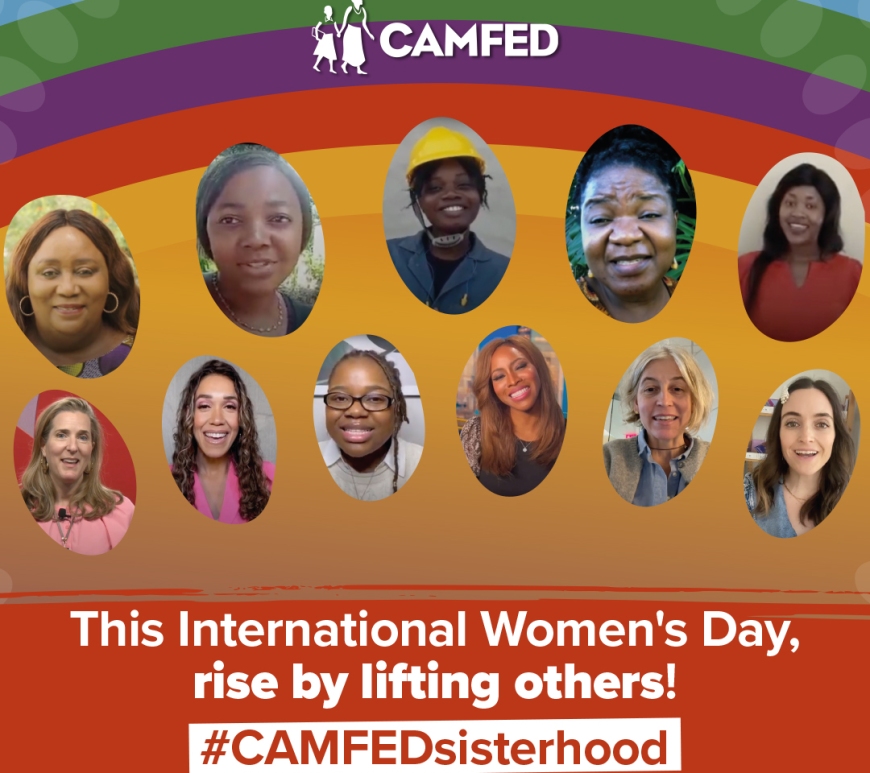By Caroline Kinsella, Advocacy and Communications Intern, White Ribbon Alliance
One of the more hidden human rights abuses around the world is the fact that one billion people have no legal proof of identity. Alarmingly, UNICEF estimates that about one in four children under age 5, or 166 million, are unregistered and without any trace that they exist. Conversations about reducing global poverty and protecting the health and human rights of mothers and newborns must include the challenges of birth registration.
A single piece of paper has the power to transform a person’s future. Birth certificates are necessary to access government services, life-saving medical treatment, a nationality and age related legal protections. Legal proof of birth is often required to attend school and apply to higher education, as well as open a bank account and vote. Many of the individuals without a birth certificate today are children who were never registered at birth. In some cases, nobody knows for decades that a child does not have a birth certificate.
In Uganda, Senfuka Samuel, who goes by Sam, applied for a master’s degree program that required a birth certificate. As he did not have one, Sam had to venture to the hospital where he was born. There, he discovered that hospital records before the year 2000, including any proof of his birth, were destroyed in the civil war. Traveling hundreds of miles over two weeks, Sam spent his own money to first get issued a necessary ‘birth notification’ – a slip of paper with birth details handwritten by a midwife – to later gain a new legal birth certificate.
Continue reading “The Universal Human Right to an Identity from Birth Explained”
